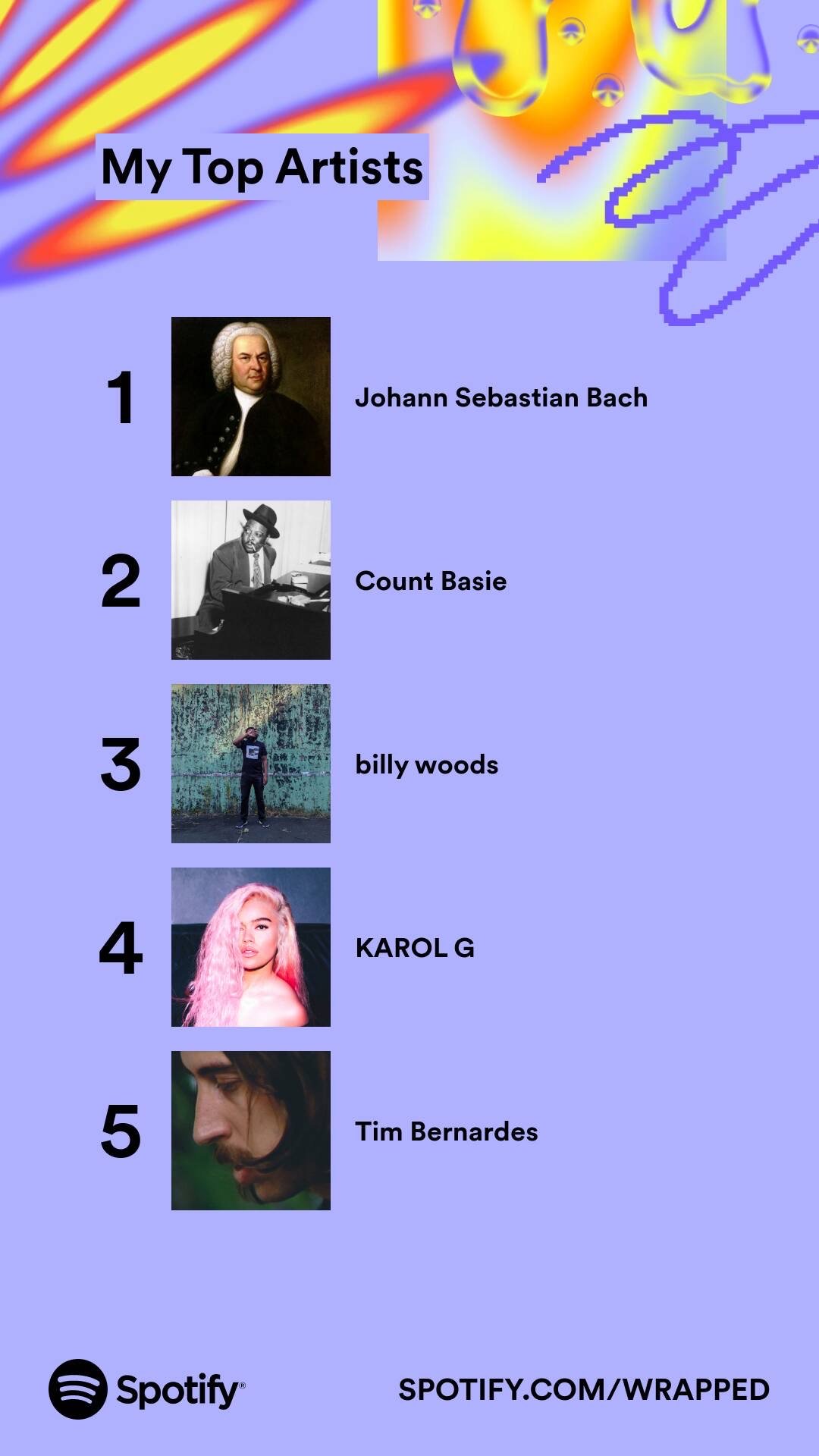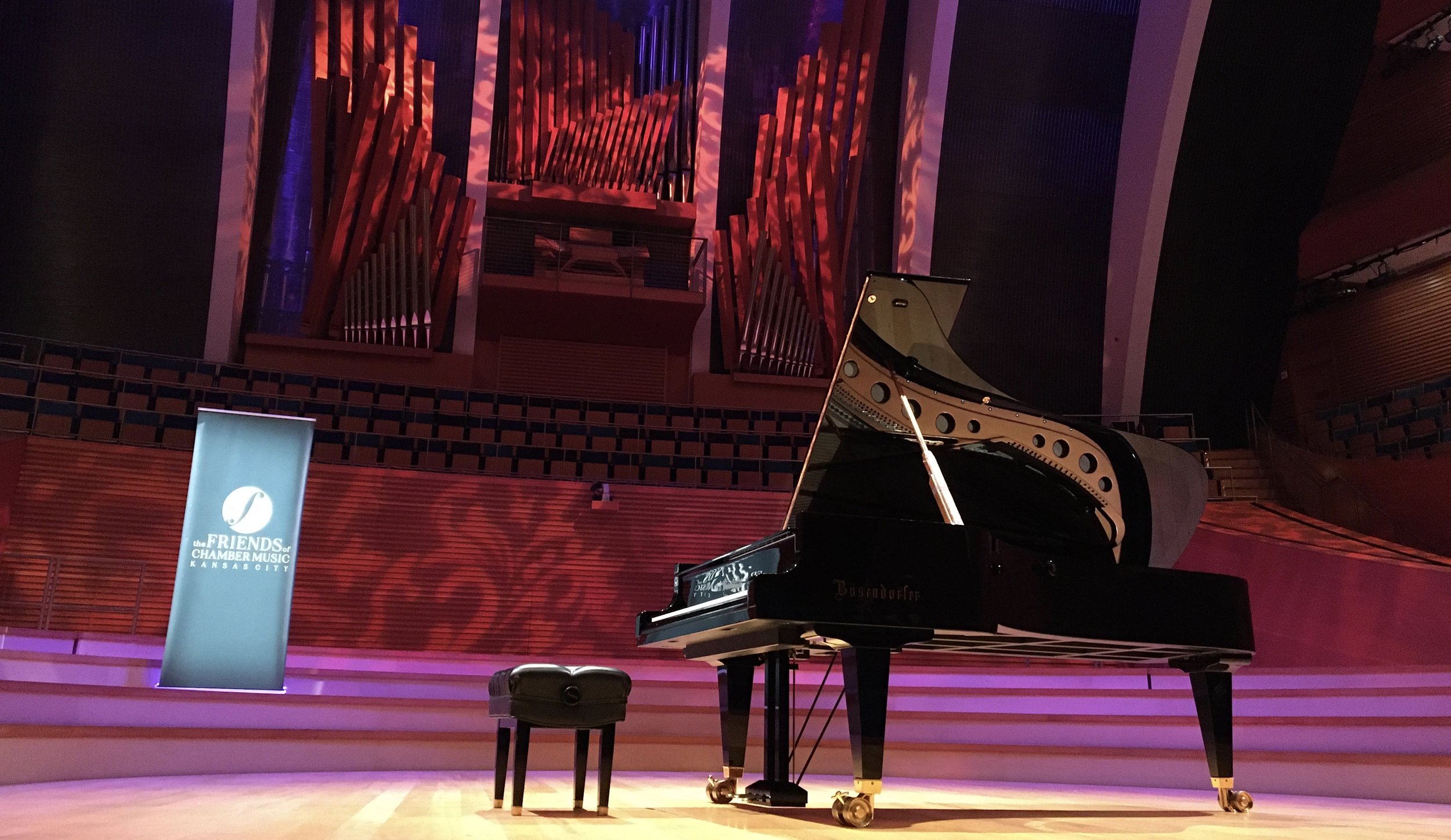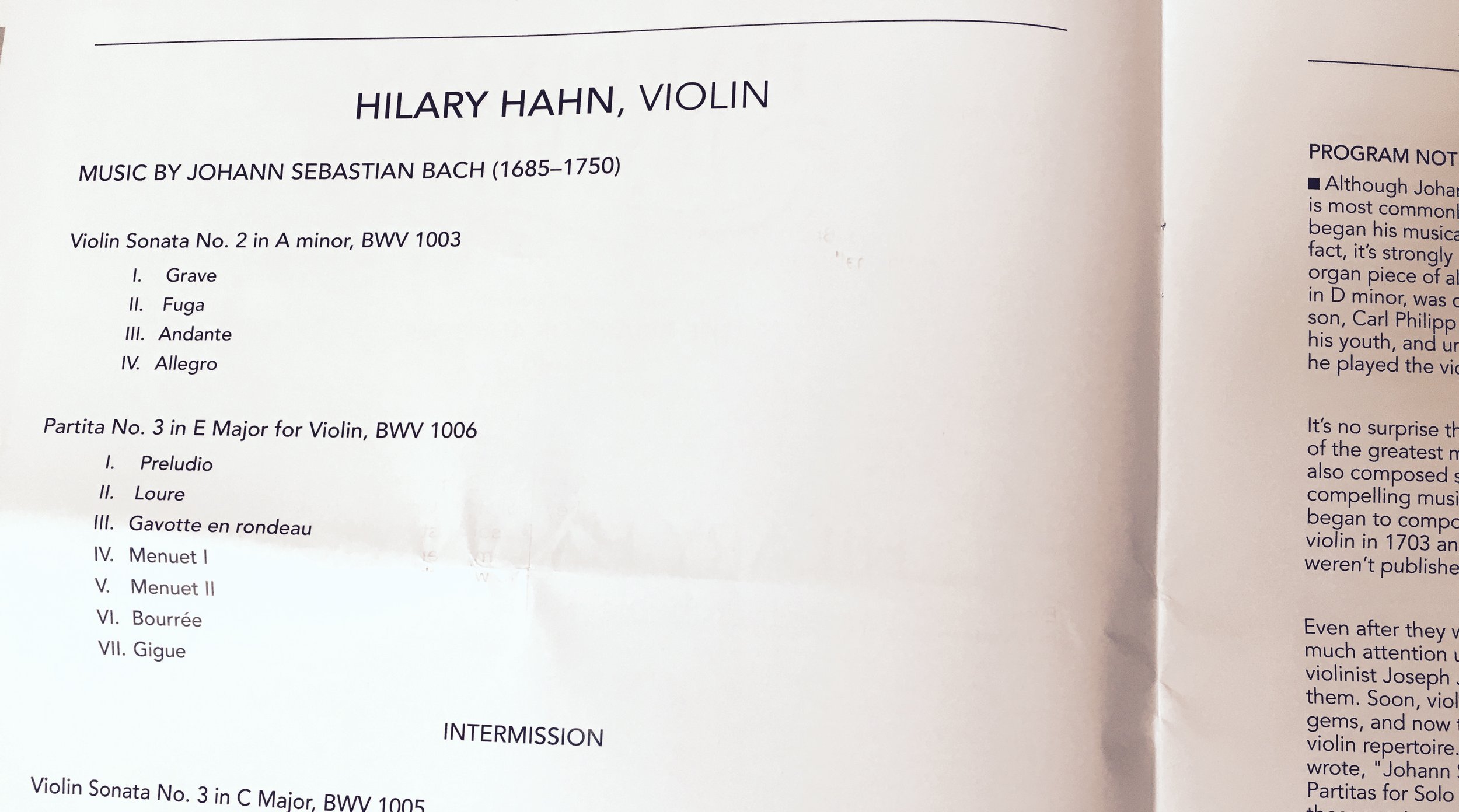Original image by There Stands the Glass.
The author of a recent guest essay in The New York Times ponders the “divine presence” in mathematics. The transcendent math logic embedded in the compositions of Johann Sebastian Bach has long been studied by scholars.
Jeremy Denk emphasized the spirituality conveyed in the calculations made by Bach four centuries ago in rapturous interpretations of all six Bach partitas on Tuesday, February 13, at the Folly Theater.
Once again, I purchased bargain-priced front row tickets. More than 300 patrons were obligated to look at the back of my head as the pianist made frequent eye contact with me for more than two hours. My date suggested Denk’s animated flirtations possessed a “look ma, I’m playing Bach!” sensibility. His mugging reminded me of Fats Waller.
Although he emphasizes Bach’s earthly uplift rather than the ghostly solemnity András Schiff imparted at Muriel Kauffman Theatre in November, Denk isn’t shallow. Intimations of divine inspiration pierced the veil throughout the recital presented by The Friends of Chamber Music.







